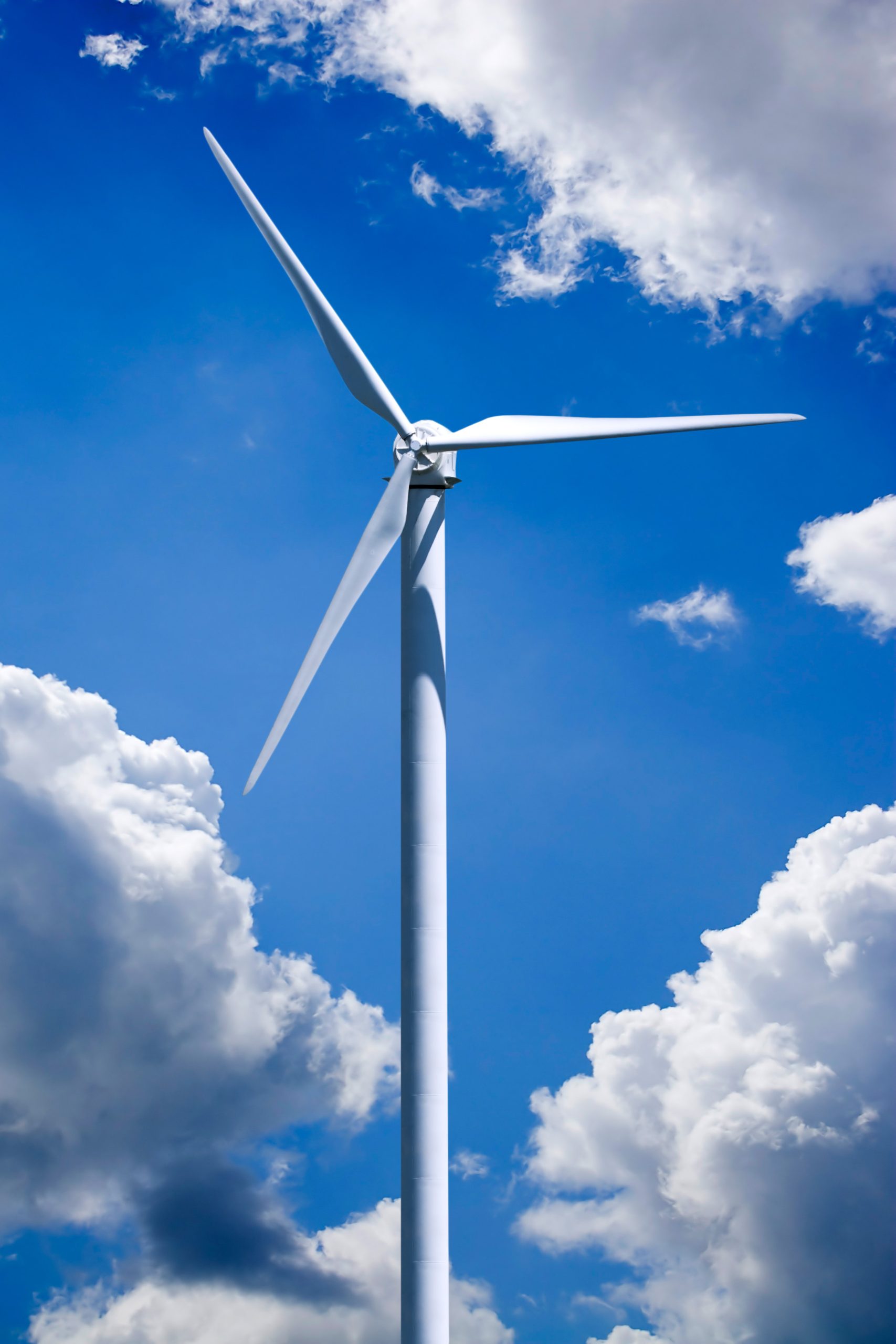Solar power is one of the most promising sources of renewable energy, but it’s also one that comes with a lot of misinformation. Many people have questions about solar panels and their efficiency, as well as how much they cost and whether or not they’re worth the investment. In this article, we’ll debunk some common myths about solar power and give you the facts you need to make an informed decision.
Introduction to Solar Power
Solar power involves harnessing the energy from the sun through photovoltaic cells in order to generate electricity. These cells are made up of semiconductor materials such as silicon, which absorb photons from sunlight and convert them into direct current (DC) electricity. This DC electricity is then converted into alternating current (AC) electricity, which can be used to power homes and businesses.
Common Misconceptions About Solar Energy
One of the most common misconceptions about solar power is that it isn’t efficient enough to be practical. While it’s true that solar panels aren’t 100% efficient, meaning they don’t capture all of the available sunlight, modern solar panels have an efficiency rate of around 20%. That might not sound like a lot, but it’s more than enough to generate significant amounts of electricity for homeowners and businesses alike.
Another common misconception is that solar systems are too expensive to be worth the investment. While there was a time when solar panels were prohibitively expensive, advances in technology have brought down the costs significantly. Today, the average cost of a residential solar system is around $15,000-$20,000 after tax credits and rebates, making it an affordable option for many homeowners.
The Truth about Solar Panels and Their Efficiency
When it comes to solar panel efficiency, there are several factors at play. One important factor is the angle and orientation of the panels themselves. For optimal performance, solar panels should face south and be angled at approximately 30 degrees relative to the horizon. Additionally, shading from trees or other obstructions can reduce the amount of sunlight reaching the panels, which can impact their efficiency.

How Much Does a Solar System Cost
As mentioned earlier, the cost of a solar system varies depending on its size and complexity. However, the good news is that there are numerous incentives available to help offset the initial expense. The federal government offers a tax credit of up to 30% of the total cost of the system, while many states offer additional incentives such as rebates and grants.
Are Solar Systems Worth the Investment
While the initial cost of a solar system may seem high, the long-term savings can be substantial. Depending on your location and energy usage patterns, a typical solar system can pay for itself within 7-10 years. After that point, you’ll enjoy free electricity for the life of the system, which typically ranges from 25-30 years. And let’s not forget about the environmental benefits – by using solar power, you’ll be reducing your carbon footprint and helping to combat climate change.
Conclusion: Why Solar is the Future of Energy
In conclusion, solar power is a clean, renewable source of energy that has the potential to revolutionize the way we power our homes and businesses. Despite some common misconceptions, solar panels are highly efficient and cost-effective, making them an attractive option for anyone looking to save money on their utility bills while reducing their carbon footprint. As technology continues to improve and costs continue to come down, solar will become an even more viable alternative to traditional fossil fuels. So why not join the movement towards a cleaner, brighter future?
Leave a Reply